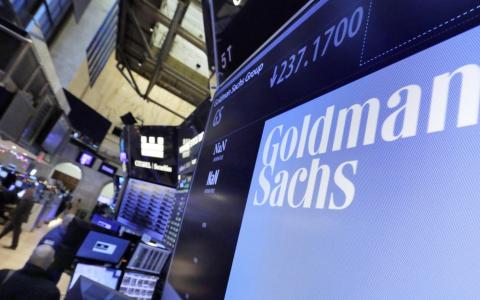
(CIO) To Peter Oppenheimer, Goldman’s chief global equity strategist, this downdraft is a merely a correction, the product of slowing momentum in the economic recovery lately. In a research note, he argued that the bull should resume its progress, albeit at a slower pace.
There are 10 reasons that the rally will get going again, after this interlude, by Oppenheimer’s thinking:
-
Market Cycle. From its trough March 23 to its peak last Wednesday, the S&P 500 jumped 60%. This is the “hope” phase of a market rebound, where optimism runs the highest and the returns are the strongest. Next comes the “growth” stage, where valuations are more muted and so is the market acceleration.
-
Virus Vaccines’ Promise. News on their prospects is more encouraging. Goldman expects one to win regulatory approval this fall, with distribution in 2021’s first quarter.
-
Better Earnings Sentiment. Forecasts are for negative corporate profits for the balance of the year, but upward revisions of analysts’ estimates could give the market heart.
-
Low Bear Market Indicator. Goldman crunches a bunch of numbers—ranging from the yield curve to inflation to unemployment—to arrive at this figure, which it says portends high single digits for the next five years.
-
Washington Commitment. The Federal Reserve’s low rates and asset buying, plus a new stimulus package likely from Congress, means that “tail risk” in minimal. That is, odds are small that the economy will be allowed to tumble into the abyss.
-
Equity Risk Premium. This metric measures the excess return stocks need over safe Treasuries to make the risk of investing in shares worthwhile. It has been elevated for months, partly due to very low interest rates. With policymakers ensuring the economy won’t tank more, Goldman reasons, the premium should narrow, and stock investors will feel safer.
-
Negative Real Interest Rates. With rates so tiny, adjusting them for inflation means that fixed-income investors on the short end of the yield curve are losing money. That provides an inducement to invest money into risky assets, i.e., stocks.
-
Stocks as an Inflation Hedge. While no one anticipates any appreciable inflation in the immediate future, an uptick in the Consumer Price Index (CPI) would demonstrate that stocks tend to fare the best (compared with other asset classes) amid modestly rising prices.
-
Stocks Pay More Than Debt. Although stock dividends have fallen, it’s not as much as interest rates have dropped. “Consider,” Oppenheimer wrote, “that 60% of US companies and 80% of European companies have dividend yields above the average corporate bond yield.”
-
The Digital Revolution. The coronavirus has sped up existing trends, the report stated, which has driven a boom for the tech stocks. The tech names may be punished at the moment—and let’s face it, some are way overvalued—but still, “this sector is likely to remain dominant for some time to come,” the note contended.
Oppenheimer, certainly, realizes that nasty surprises can lurk even in the seemingly most benign times. His report pointed to how the low rates following the 2000-03 dot-com bust led to the excesses of the housing bubble, which detonated in 2008. Can’t have everything, huh



